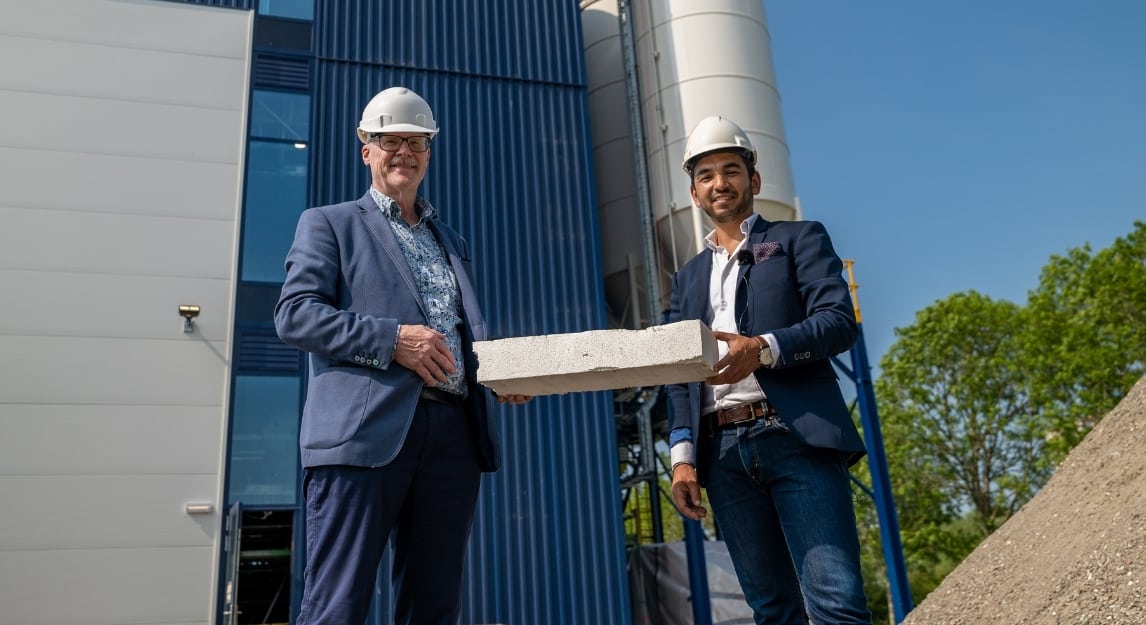
16 Jun Meet the Experts: Jan Noordegraaf, Director of PolyStyreneLoop on Brominated Flame Retardant recycling technology
In this edition of Meet the Experts, Nuno Bacharel, Communications Manager at BSEF, visits the newly opened PolyStyreneLoop plant and talks to Jan Noordegraaf, Director of PolyStyreneloop, about the process and technology behind recycling PolyStyrene foam containing Brominated Flame Retardants.
The recycling of EPS waste and of bromine containing compounds is not just something possible in theory, it is a reality thanks to the PolyStyreneLoop project, said Jan Noordegraaf. The PolyStyreneLoop recycling plant in Terneuzen, Netherlands is a testament to the technical and economic feasibility of a large-scale, closed loop solution for EPS recycling. “Polystyrene and Bromine are circular materials”, he added.
Jan Noordegraaf pointed out that having always worked in innovative sectors with “new products and new ideas”, the PolyStyreneLoop project is no exception to that. It is a great example of applying innovation to serve the circular economy, while keeping the best value for money. As previously emphasized in our Meet the Expert interview with Dr. Troitzsch, Jan Noordegraaf highlighted that just a small amount of bromine, “like salt in our food”, allows us to get “one of the best, if not the best insulation material” while being able to safely prevent fires. Being able to remove legacy chemicals from construction waste and bring them back to the market is crucial for the future of buildings’ sustainability and the achievement of the carbon neutrality ambition.
The technical process is as simple as disruptive. The polystyrene foam is dissolved and then precipitated to separate it from bromine. The two flows generated are separately treated and brought back to the market. BFRs contained in the sludge can be safely removed and valuable bromine recovered in ICL bromine recovery unit – PolystyreneLoop next-door neighbour -, which destructs bromine compounds by incinerating them at a very high temperature. Bromine is then regained as HBr and re-used as feedstock to make new BFRs. Circular materials are already a reality in circular business contexts like this where industrial symbiosis drives economic growth, while addressing safety concerns.
When asked about challenges and opportunities for the future Jan Noordegraaf confirms that the industry has a very clear time horizon in mind. In ten years from now the objective is to be able to offer a global solution to remove legacy chemicals from polymers that cannot be treated any other way. To this end new plants will be built as innovation “is like riding a bicycle, you have to keep moving, otherwise you risk falling”, he said.
Watch our interview with Dr. Troitzsch:




No Comments